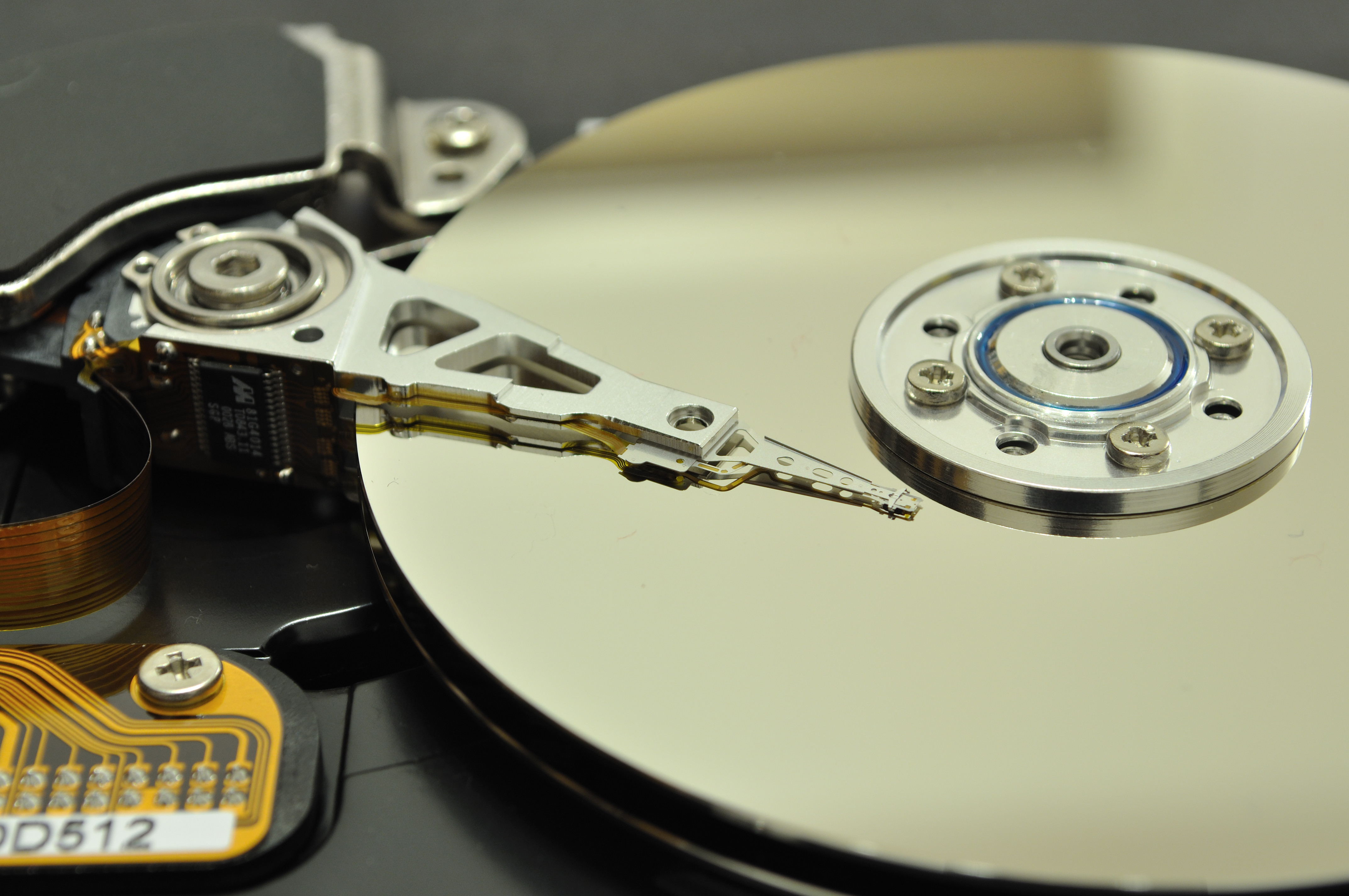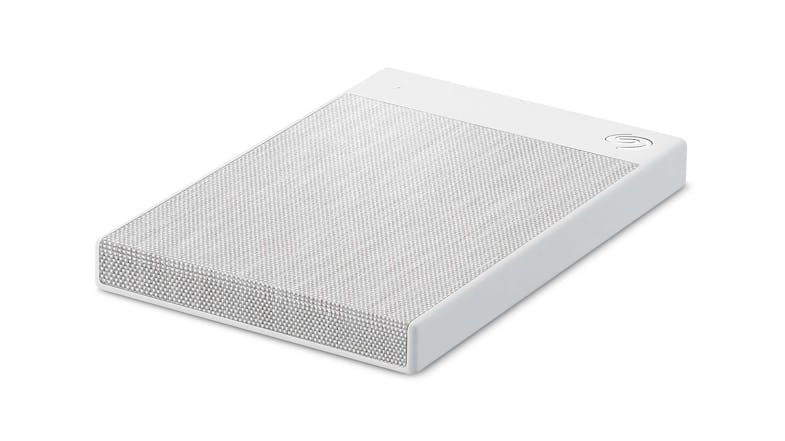Seagate Backup Plus Making Clicking Noise
Find helpful customer reviews and review ratings for Seagate Backup Plus Hub 8 TB External Hard Drive Desktop HDD – USB 3.0, for Computer Desktop Workstation PC Laptop Mac, 2 USB Ports, 2 Months Adobe CC Photography (STEL8000300) at Amazon.com. Read honest and unbiased product reviews from our users.
Seagate Backup Plus Making Clicking Noise Cancelling
Keeping your backups up-to-date is perhaps the best hard drive making clicking noise fix for desktop and laptop computers alike. That way, when a hard disk, either internal or external, fixed or portable, starts that tick or click of death sound, swap it with a backup HDD. Sometimes though, repairing a clicking HDD is possible.
- The Seagate Backup Plus 8TB is probably one of the fastest external hard disk drives we've tested. Sure, put a 1TB SSD in an external enclosure and you'd end up with something faster – but.
- Drive is making a grinding/clicking noise – Recognized or not, send it in to a professional hard drive data recovery company for an in lab recovery attempt. Further attempts to power cycle through the drive.
- Backup Plus Hub, 18-inch (45.72cm) USB 3.0 cable, 18W power adapter, Quick start guide, Seagate backup software, Mac driver Compare with similar items This item Seagate STEL10000400 Backup Plus.
We learned this while keeping a large audio library built over fifteen years, we’re quite anal about keeping current backups as we experienced hard drive clicking followed by failure many times. A hot backup enables us to quickly replace clicking hard disk drives (HDD). Our backup strategy involves six 6 TB external Seagate Backup Plus USB hard disk drives (HDDs). We keep an up-to-date full copy of the library on each drive. We then store each hard drive in separate places, offsite. Then, we periodically sync among these HDDs. This assures that al drives have the same files and file versions.
Hard Drive Making Clicking Noise Fix: Failure Scenario

The Problem: Hard Drive Making Noises Clicking
With our six HDDs, over the years many of them have shown the same failure symptoms. It matters not whether the HDD is SCSI, IDE/PATA, SATA, or any of these types, hidden inside a USB enclosure. The problem occurs no matter which data interface is used.
That Dreaded Click of Death Sound
When accessed, the drives give off a repeated clicking sound (tick-tick, tick-tick, tick-tick). This can sound like a lumbering grandfather’s clock. And, while hard drive clicking, any programs that try to access that HDD hang, waiting for the requested data to come. Then, after several seconds, the clicking stops. Then, they send the data normally. Once it warms up, the HDD thereafter works flawlessly.
Accessing Certain Files Worsens the Click Tick Sound

Accessing some files exacerbates this erratic behavior more than others. Some files cannot be completely read at all, while others read perfectly every time.
Cautions and Warnings
Back Up the HDD First
Before attempting to fix the clicking noise, do a complete hard drive backup. If the clicking drive has data you need, copy it to another drive before proceeding below. The steps that involve reformatting the HDD will make inaccessible any data stored on the clicker. Also, even if you are just swapping power supplies and / or data cables, you could corrupt the HDD. If that happens, you’ll be happy that you made a complete backup.
Avoid Static Electricity while handling the Hard Disk Drive
Be careful handling the drive, especially around its data ports, power connectors, and any exposed printed circuits. One snap of static electricity at any of these places can destroy the drive.
Possible Solutions
Replace Faulty Power Supplies
If the HDD is used in an external enclosure, check its power adapter for correct voltages if it has one. They should read within 5% tolerance. So for a 12-volt supply, you should read no more than 12.6 volts and no less than 11.4 volts.
Note that some drives need more than one voltage. This is so with the internal ones. This might need plus and minus twelve volts, and plus or minus five volts. Check for the right readings on these lines as well. Try a more accurate power supply if voltages you read differ from expected values.
Verify Proper Software Operation
Power up the drive, but leave the data connector disconnected. The HDD may still click again and again. If so, then the problem is likely in the drive itself. This clicking does not depend on any external software to make it happen. This takes the blame away from your installed apps.
Test the HDD Drive, Away from Strong Sources of Electrical Interference
EMI (electromagnetic interference) and RFI (radio frequency interferences) can trigger unreliable HDD operation. So, try moving the disk drive away from sources of said interference. Get it away from computers, switching power supplies, and brush motors. Brush motors especially, arc inside and thus, create much radio hash. Also, fluorescent lights, televisions, cell phones, Wi-Fi access points can also interfere with HDD operation.
Verify that the HDD is not Overheating
Note that hard disk drives normally operate at temperatures high enough to cause some discomfort when you touch them; especially after they’ve been running for an hour or so. So it can be hard to tell if the normally warm drive is actually overheating when it clicks. So, make sure you have plenty of air blowing around the drive. Many computer cases and HDD enclosures have fans. These bring in a constant supply of cool air from the outside. Check that these are all working, and that vents to them are not blocked. However, HDD clicking after you do all this, means that your problem is likely not due to excess HDD heating.

Hard Drive Making Clicking Noise Fix: Try the HDD in a Different Drive Enclosure
If the clicking disk drive is in a USB drive enclosure as pictured above, the enclosure could be the issue. These housings contain electronics to convert one data cable format into another. E.g. USB to IDE or SATA to PATA. Though rare, these electronic parts can fail, leading to drive clicking. So, try moving a drive to a different but known-good enclosure. Or better yet, try connecting the HDD to your computer via its native data interface. If it’s a SATA HDD, use a SATA or eSATA cable. If the clicking persists, then the problem is NOT the drive enclosure.
Replace any Faulty Cables and Connectors
Loose connectors, or broken wires in strain relief tubes cause erratic power and data transfers. If this occurs during long read / writes, drive clicking can result. So, it’s always a good idea to keep some spare USB, SATA, SCSI, USB, and internal power cables handy. With these, you can swap out the data cables to check for good cable function. If the problem keeps up though you replace each cable, then the problem is NOT a bad cable. On the other hand, it might clear up. If so, then pitch the bad cable. Next, order yourself a new spare, and consider yourself lucky.
Hard Drive Making Clicking Noise Fix: Try Quick Formatting the HDD
In the Windows operating system, you can either fully- or quickly-format an attached disk drive. Now the hard drive clicking can happen due to a corrupt file system on the disk. One hard drive click of death noise fix is thus, to quick format the HDD. Formatting creates a non corrupt file system. This then replaces the old, faulty file system.
Seagate Backup Plus Transfer Speed
A quick format, even for a multiple terabyte HDD, takes just minutes. But a complete format can take well over a day. In either case, we suggest formatting with NTFS (New Technology File System), especially if you’re running Windows OS. This is the Windows default file system. It is less likely to break in the future than the older FAT32 file system. Why? Because it has built-in redundancy and added error checks that it uses to keep itself healthy.
How To Install Seagate Backup Plus
Hard Drive Making Clicking Noise Fix: Try Fully Formatting the Disk Drive
However, if the clicking problem persists, you will have to perform and exhaustive disk formatting; a procedure that forces writing into every sector on the disk. A full formatting forces the hard disk drive hardware to test each sector. It then and mark any it finds as faulty. This prevents use of that sector in the future. So, full formatting is a way to exclude damaged disk sectors from future reads and writes. Sometimes the clicking results when the drive attempts to write and read bad sectors. So, by deleting them from the available sector pool, you often reduce the clicking and speed up access too. Once the hard disk drive is again formatted, then you’ll find fewer bad sectors later. Thus, the chance of clicking and failed read/writes goes down.
Hard Drive Making Clicking Noise Fix: Low Level HDD Formatting, Perhaps
But if none of the above suggestions solves your slow, clicking HDD, the drive may have suffered internal hardware damage. Or, it may have been exposed to strong magnetic fields. These can erase some of the low-level formatted information on its data platters. In either case, your best bet is to replace the HDD. Why? Because of how inexpensive they’ve become in recent years. Low-level formatting may be possible though, in older HDDs. But how to do this is different for each brand of drive. Thus, low level formatting is beyond the scope of this post.
Related Posts
References
Revision History
- 2019-03-23: Shortened post URL and added more tags.
- 2018-04-06: Updated the post content.
- 2017-01-24: Updated tag list.
- 2015-12-22: Added more appropriate tags.
- 2015-10-05: Added appropriate tags.
- 2015-05-30: Originally published.
